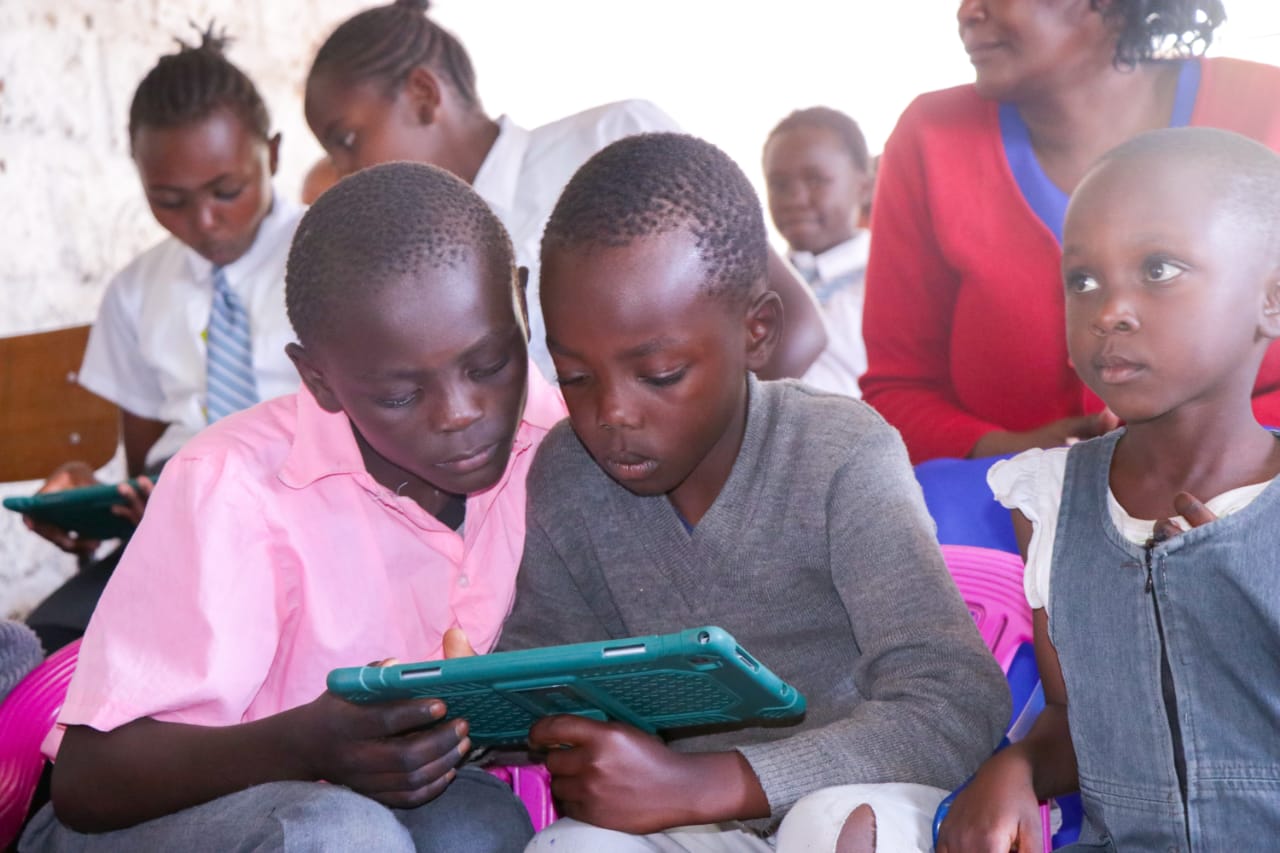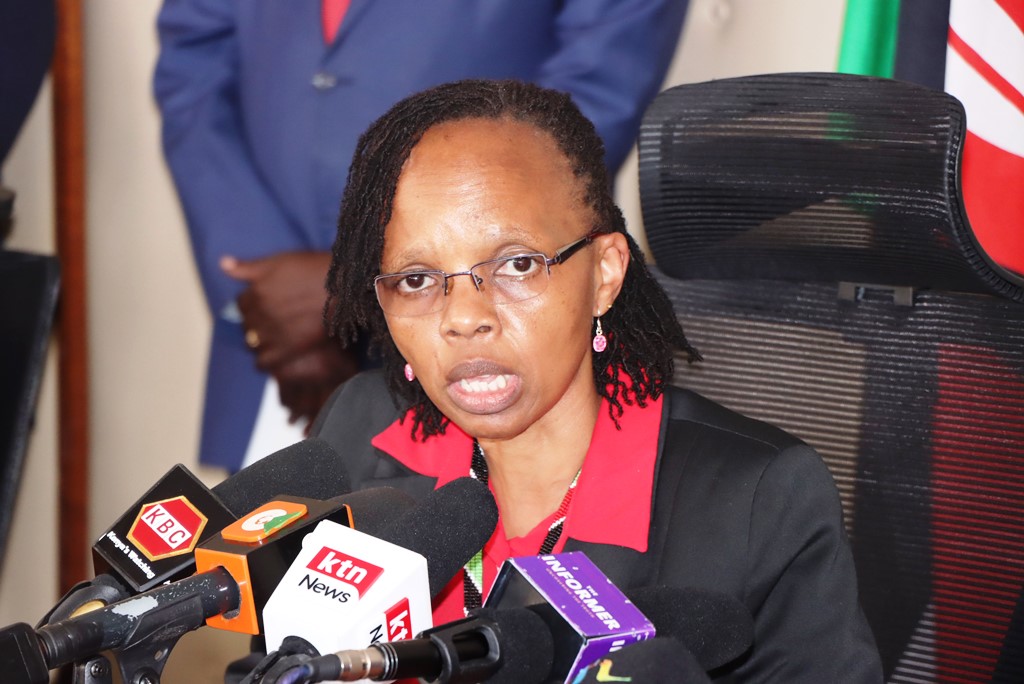The recent postponement of the reopening of schools occasioned by floods in Kenya has once again brought to light the deep-rooted inequalities that plague the education system. While some institutions, such as the national, the extra county, and top private schools, seamlessly transitioned to online classes, a significant portion of students from county and sub-county schools were left to fend for themselves.
This disparity not only highlights the inherent class discrimination within the education sector but also underscores the urgent need for systemic reforms to ensure equitable access to quality education for all. County and sub county schools admit the lion’s share of the Kenyan students.
At the onset of the floods pandemic, the closure of schools forced educators to quickly pivot to online learning as a means to mitigate the disruption to academic activities. However, the reality soon became apparent: access to online education was a privilege largely enjoyed by students from more affluent backgrounds.
National, extra county, and private schools, equipped with the necessary resources and infrastructure, seamlessly transitioned to virtual classrooms. High-speed internet, access to electronic devices such as laptops and tablets, and comprehensive online learning platforms became the norm for these institutions.
Conversely, students from county and sub-county schools found themselves at a distinct disadvantage. Many lacked access to reliable internet connectivity, with some residing in rural areas where internet coverage is sparse or nonexistent.
Additionally, the majority of students from economically disadvantaged households did not have access to personal electronic devices, relying instead on shared family smartphones, which further hindered their ability to participate in online classes effectively. As a result, these students faced significant barriers to accessing the same quality of education as their more privileged counterparts.
The implications of this educational divide extend far beyond the immediate challenges posed by the pandemic. The unequal access to online learning exacerbates existing disparities in academic achievement, perpetuating a cycle of poverty and inequality.
Students from disadvantaged backgrounds are disproportionately affected, further widening the gap between the haves and the have-nots in society. Moreover, the lack of access to quality education hampers social mobility and perpetuates systemic inequalities, hindering the country’s overall economic development and prosperity.
The government’s response to address these disparities has been inadequate, exacerbating rather than alleviating the problem. While efforts have been made to provide educational materials through radio and television broadcasts, these initiatives fail to adequately address the digital divide.
Furthermore, the distribution of printed learning materials has been inconsistent and often insufficient, particularly in remote and marginalised communities. As a result, many students continue to fall behind, further entrenching the disparities within the education system.
READ ALSO:
To truly address the inequities in Kenya’s education system, a comprehensive and multi-faceted approach is required. This includes investments in infrastructure to expand internet connectivity to underserved areas, provision of electronic devices to students from low-income households, and training for educators to effectively utilise online learning platforms.
Additionally, there must be a concerted effort to prioritize funding for county and sub-county schools, ensuring that they have the resources necessary to provide quality education to all students.
Beyond addressing the immediate challenges posed by the pandemic, systemic reforms are needed to create a more inclusive and equitable education system. This includes revisiting funding mechanisms to ensure that resources are allocated based on need, rather than perpetuating existing disparities. Moreover, there must be a commitment to addressing the underlying socio-economic factors that contribute to educational inequality, such as poverty, gender inequality, and regional disparities.
In conclusion, the recent postponement of the reopening of schools in Kenya has laid bare the deep-seated inequalities within the education system. The differential access to online learning between national, extra county, and private schools, and county and sub-county schools underscores the urgent need for systemic reforms to ensure equitable access to quality education for all students.
Only through concerted efforts to address the digital divide and tackle the root causes of educational inequality can Kenya hope to build a more just and prosperous society for future generations.
By Kamomonti wa Kiambati
Kamomonti teaches English and Literature in Gatundu North Sub-county
You can also follow our social media pages on Twitter: Education News KE and Facebook: Education News Newspaper for timely updates.
>>> Click here to stay up-to-date with trending regional stories






